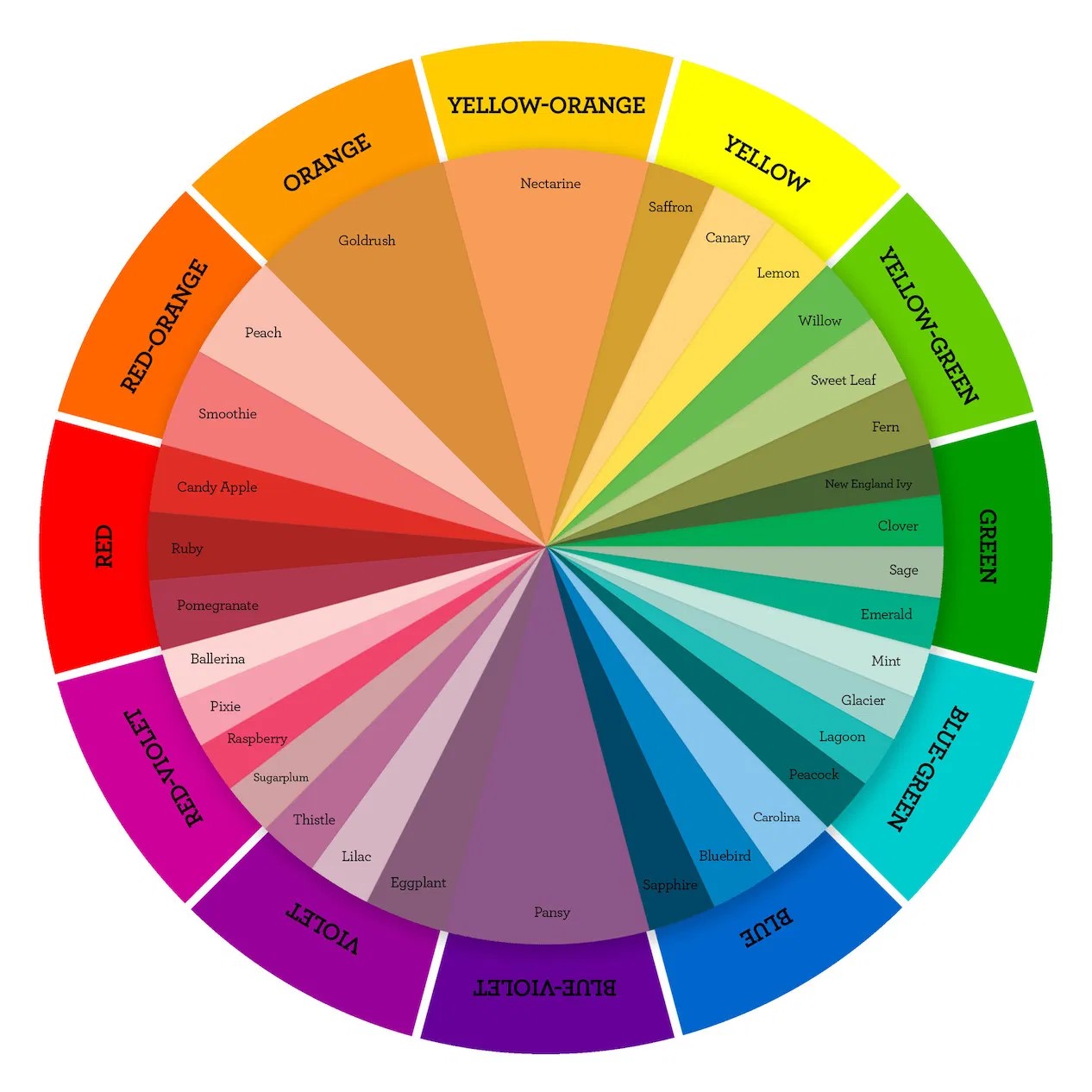What is the Difference Between Pitch and Key?
Before we delve into the nuanced world of pitch and key, it's essential to understand the fundamental concepts that govern music. As a professional musician with a degree from Berklee College of Music, I've navigated the intricate landscape of musical theory and performance. Let's embark on a journey to unravel the distinctions between pitch and key, exploring their roles in shaping the sonic tapestry of music.

What is the Difference Between Pitch and Key?
Pitch is the perceived frequency of a sound wave. It's what allows us to distinguish between a high note and a low note. Key is a set of notes organized around a central note. When someone sings "off key" they are singing outside of the set of notes that define the key of the tune. As a musician, the concept of pitch is paramount—it's the raw material with which we sculpt melodies and harmonies. In the realm of musical notation, pitch is represented by notes on the staff, each denoting a specific frequency.
Now, let's shift our focus to key, a term often used interchangeably with pitch but carrying a distinct meaning. In the context of music theory, a key is a set of pitches organized around a central note, known as the tonic. This organization follows a specific pattern of intervals, creating a tonal center that defines the key. For example, the key of C major revolves around the note C as its tonic, with a specific arrangement of whole and half steps that shape its unique sound.
One way to grasp the difference between pitch and key is to think of pitch as the individual colors on an artist's palette, and key as the chosen color scheme for a particular painting. In this analogy, pitch is the building block, while key is the context that gives those pitches a sense of cohesion.

As a graduate of Berklee College of Music, I can attest to the emphasis placed on understanding the intricacies of both pitch and key. The curriculum at Berklee delves deep into music theory, ensuring that musicians not only play proficiently but also comprehend the theoretical underpinnings of what they play.
If you are interested in learning music check out our Music Lessons in Denton.
Let's explore pitch further. In Western music, we categorize pitches into specific notes represented by letters (A, B, C, etc.). These notes are further distinguished by their octaves, with each octave doubling the frequency of the previous one. As musicians, we manipulate pitch to create melodies and harmonies, exploiting the emotional and expressive qualities inherent in different pitches.
In contrast, a key provides a framework for organizing these pitches into a cohesive structure. The key establishes a tonal center, and the relationship between pitches within that key determines the harmonic possibilities. For instance, in the key of G major, the notes G, A, B, C, D, E, and F# form the diatonic scale, and chords built on these notes contribute to the harmonic palette of that key.
The interplay between pitch and key is particularly evident in chord progressions. Progressing from one chord to another within a key involves a careful selection of pitches that maintain the tonal integrity of the key. This dynamic relationship is what gives music its sense of movement and resolution.
At Berklee, I honed my skills in dissecting and constructing intricate chord progressions. Understanding how pitches function within a key allowed me to create compelling harmonic landscapes that captivate listeners. The ability to modulate between keys seamlessly became an invaluable tool in my musical arsenal, adding depth and complexity to my compositions.
It's crucial to note that while pitch and key are distinct concepts, they are undeniably interconnected. The choice of key influences the pitches available for use in a composition, and the manipulation of pitches shapes the emotional impact within a key. This symbiotic relationship is the essence of music theory and performance.
In the world of professional music, the mastery of pitch and key is not a mere academic pursuit but a practical necessity. Whether composing, arranging, or performing, musicians draw upon their understanding of these concepts to create art that resonates with audiences. It's this fusion of technical knowledge and artistic intuition that distinguishes a seasoned musician.
As I reflect on my time at Berklee, I appreciate how the institution instilled in me a comprehensive understanding of pitch and key. The diverse array of courses, ranging from advanced harmony to composition, provided the tools to navigate the intricate terrain of musical expression. Berklee's commitment to fostering well-rounded musicians equipped me to tackle the complexities inherent in the interplay of pitch and key.
In conclusion, the difference between pitch and key lies in their roles within the realm of music. Pitch is the raw material, the individual colors on the palette, while key is the chosen color scheme that provides context and coherence. As a professional musician, the nuanced understanding of both pitch and key is essential for crafting compelling and emotive musical experiences. Berklee College of Music, with its emphasis on theory and practical application, played a pivotal role in shaping my ability to navigate the rich interplay between pitch and key in the ever-evolving landscape of music. I hope you learned something from this article. I love to write about music topics, so thank you for reading!
If you like this check out our article: What is the Difference Between Pitch and Octave?
